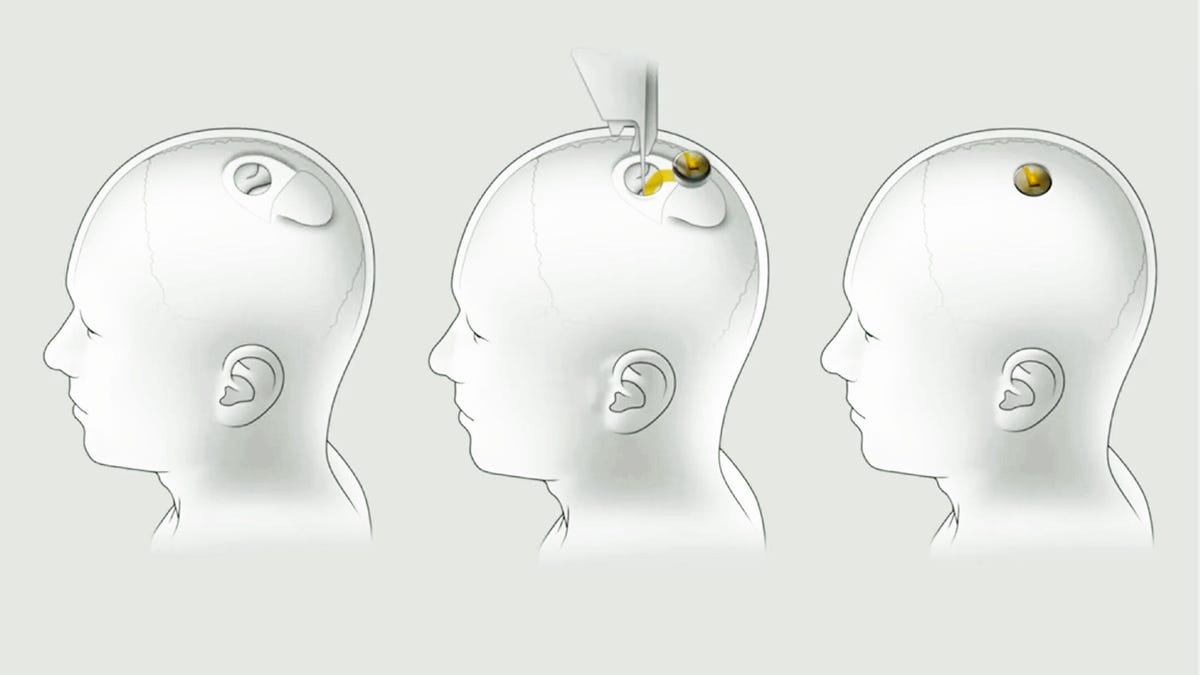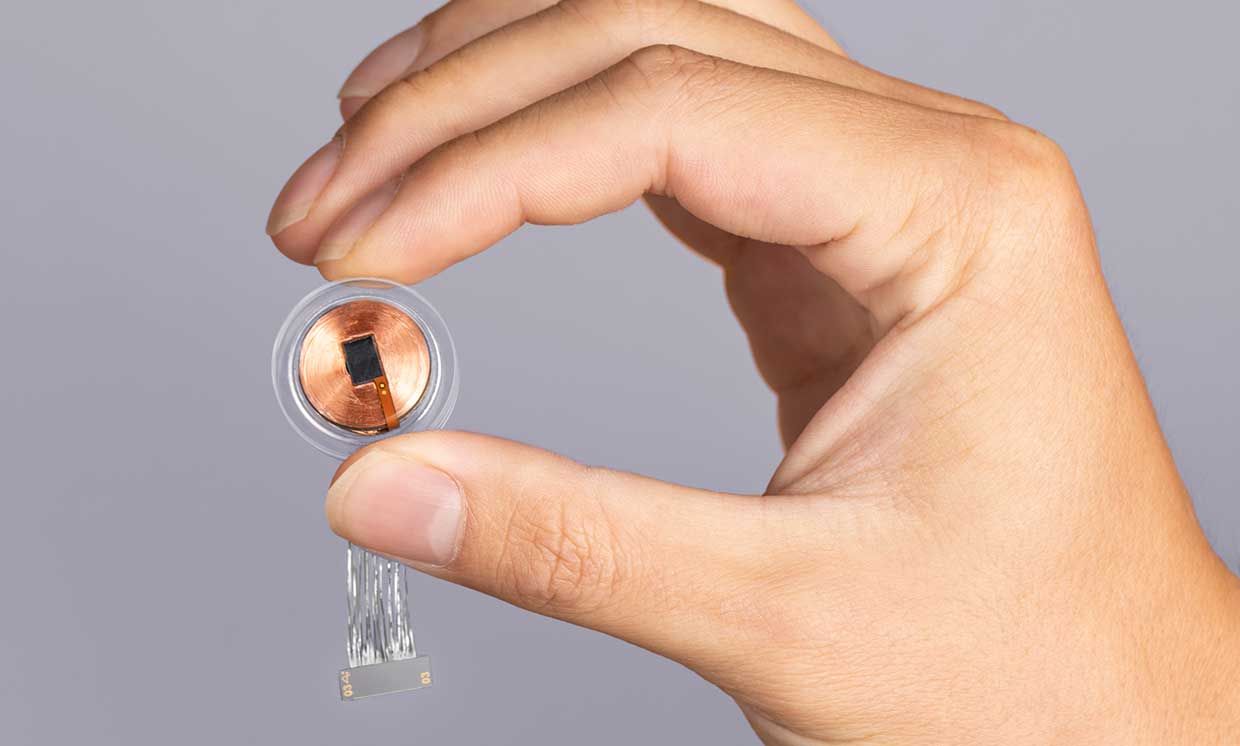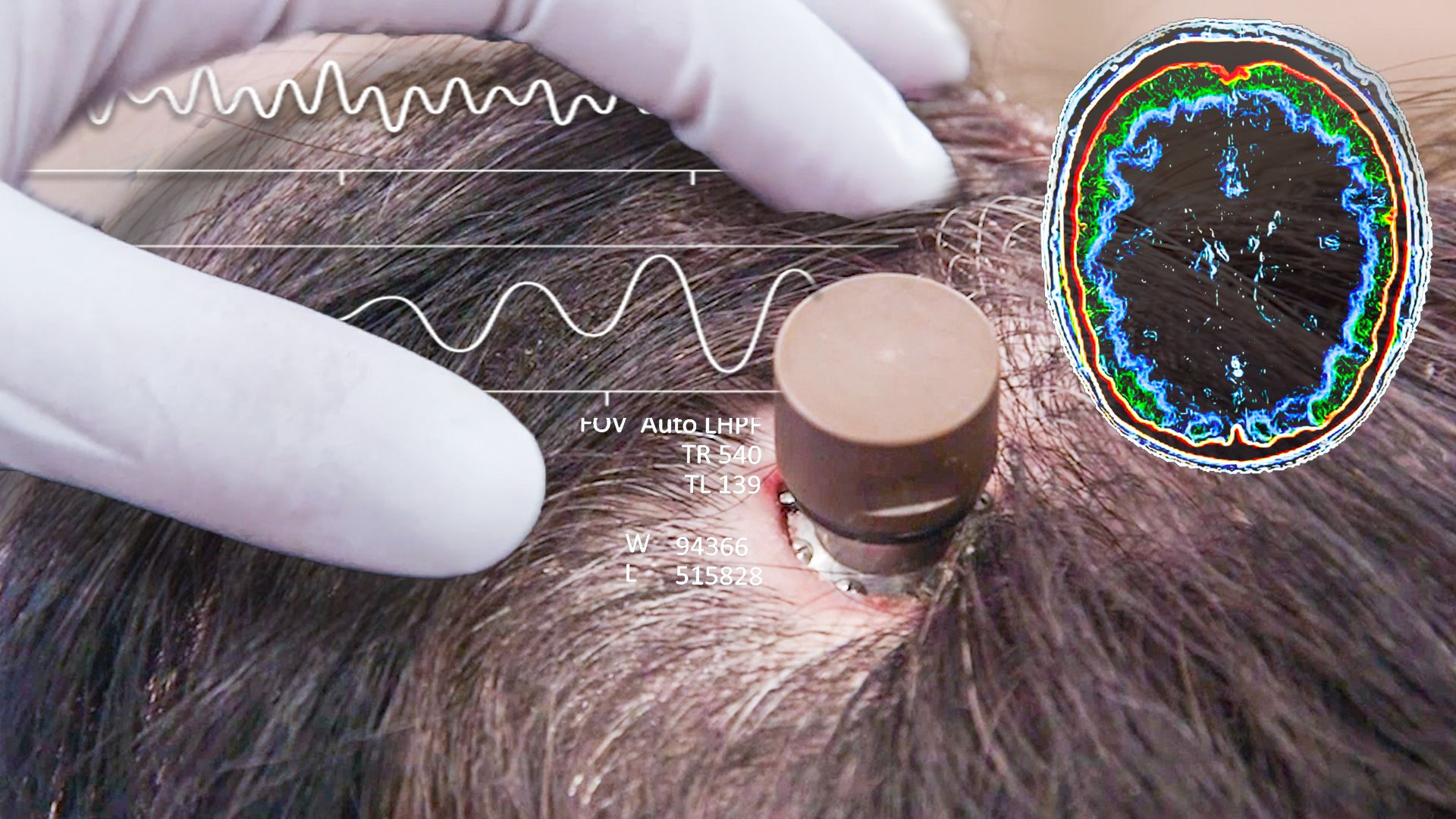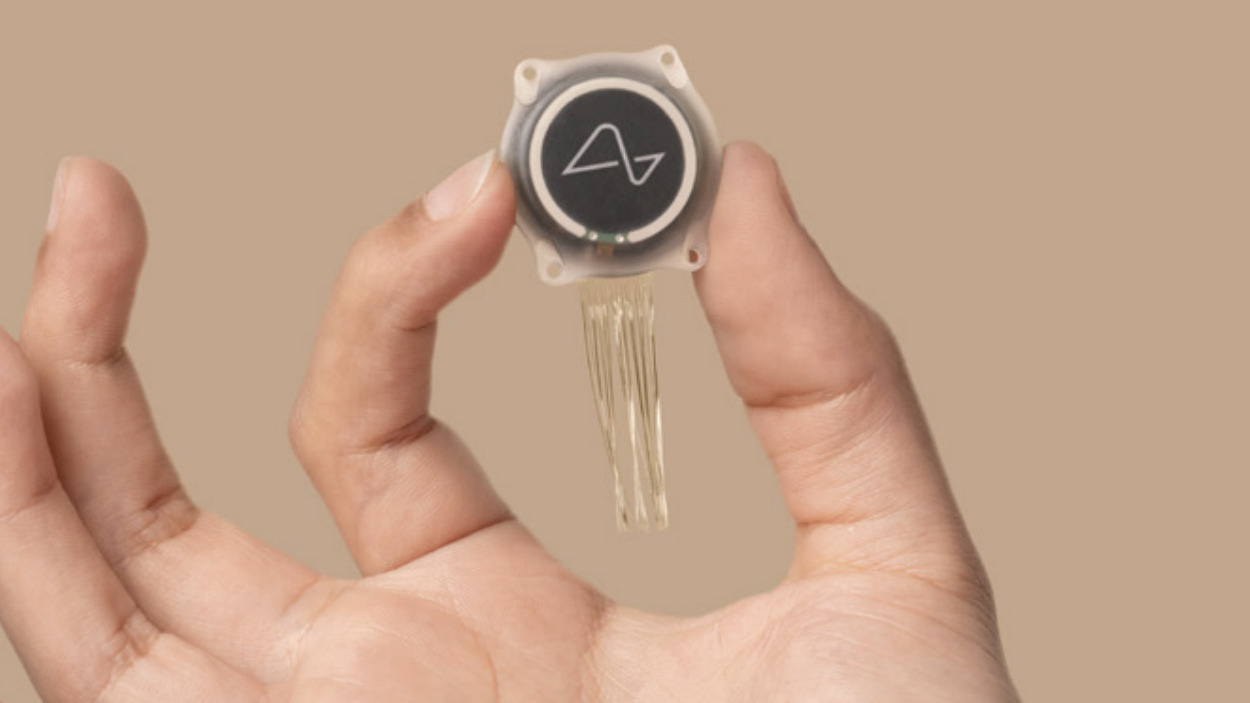
Imagine controlling your phone, computer, or even a video game just by thinking. Not clicking, not tapping—just thinking. It might sound like science fiction, but it’s already happening, thanks to Elon Musk and his groundbreaking company Neuralink.
Musk has long envisioned a future where humans and artificial intelligence merge into one, and that future begins with a tiny device implanted in the brain.
The device is known as “The Link,” a wireless, rechargeable brain chip developed by Neuralink. Its purpose? To bridge the gap between the human brain and digital devices, allowing thoughts to directly control electronics.
And if you’re someone with severe paralysis, this chip could offer not just technological novelty, but a chance at real independence.
Neuralink is currently running a clinical trial for its brain chip, and the process is as fascinating as it is ambitious. One of the most talked-about cases is that of Noland Arbaugh, a quadriplegic who received the implant in January 2024.

Noland has become the face of what Neuralink calls “Telepathy”—a system that allows him to control a cursor, play online chess, and navigate digital spaces using only his thoughts. “It’s like using the Force,” he joked, referencing Star Wars. But this is no movie. This is real.
So, how does it work? And more importantly, could this be something for you or someone you love? Here’s everything you need to know.
Currently, Neuralink’s clinical trial is FDA-approved and focuses on individuals aged 22 to 75 who suffer from paralysis of both hands due to a cervical spinal cord injury or ALS (amyotrophic lateral sclerosis). These participants must have limited or no ability to use their hands and arms.
If you qualify, you may be selected to receive the implant in one of Neuralink’s clinical locations. The University of Miami’s Miller School of Medicine has recently joined the trial, with neurosurgeons and researchers from The Miami Project to Cure Paralysis assisting in the process.
This makes Miami the second testing site in the U.S. after Phoenix, where Arbaugh received his chip.
The procedure to implant Neuralink’s chip is surprisingly precise, thanks to a robotic surgical system developed by the company. The robot uses a needle thinner than a human hair to insert more than 60 flexible threads into the part of the brain responsible for thought and movement.
These threads are too fine for human hands to manage, and that’s where robotics come into play.

The chip itself is coin-sized, designed to be wireless and rechargeable, and sits discreetly inside the skull. The entire procedure takes about three to four hours, and participants are expected to recover shortly afterward.
Once the patient has recovered from surgery, the chip is activated, and a training period begins. The brain has to learn to communicate with the chip, and the chip must learn how to interpret the brain’s signals. Think of it like teaching your brain a new language—but one you already know instinctively.
The setup is somewhat similar to other tech experiences—like facial recognition or accessibility controls on smartphones. Patients are asked to focus on specific actions, such as attempting to move their hands in certain directions, even if they can’t physically do it. Over time, the brain’s electrical signals become more fine-tuned, and the device begins to respond intuitively.
For Arbaugh, this training was about learning the difference between imagined movement and attempted movement. He started by thinking about trying to move his right hand in different directions. Eventually, he didn’t have to try anymore—he just imagined the cursor moving, and it did.
The chip records and decodes the electrical activity between neurons in the brain. It then wirelessly sends that data to Neuralink’s external software, which interprets the signals and transforms them into actions—moving a cursor, clicking a button, playing a game, even opening and using applications.
The potential use cases are massive. People with paralysis could one day control wheelchairs, robotic arms, or even smart home systems.

In its early form, the tech already allows users like Noland to play video games and browse the web using only their thoughts.
The clinical trial is officially known as the “Precise Robotically IMplanted Brain-Computer InterfacE,” or PRIME. Its main purpose is to test the safety and effectiveness of both the brain chip and the surgical robot that installs it.
Participants in the trial must have tetraparesis (muscle weakness in all limbs) or tetraplegia (complete paralysis of all limbs), and they must meet strict eligibility requirements.
If you’re interested in being part of the trial, Neuralink has opened a United States Patient Registry. This registry allows potential participants to submit their information and see if they qualify for upcoming stages of the trial.
Elon Musk’s long-term vision for Neuralink goes far beyond helping people with paralysis. He talks about achieving “symbiosis” with artificial intelligence—where humans don’t just use AI, but become part of it. In that future, the brain chip may not just be a medical device—it could be a universal interface that connects human cognition to everything digital.

For now, though, Neuralink is laser-focused on proving its value in the world of medical technology. Each step taken with volunteers like Noland Arbaugh brings that future closer—and helps countless others who may one day benefit from a chip that listens to the brain’s silent commands.
If you’re considering the Neuralink brain chip, it’s not just about curiosity—it’s about transformation. For people living with paralysis, it represents hope, freedom, and a renewed sense of agency. While we are still in the early days of this technology, what’s already happening is nothing short of revolutionary.
From Star Wars metaphors to the hands of brilliant surgeons and engineers, Neuralink’s chip is more than just metal and code. It’s a pathway to turning thought into action, and for many, a chance to reclaim control over their lives.
Elon Musk’s vision of merging humans with AI may have started with a bold idea—but for those like Noland Arbaugh, it’s already become reality. And if you’re thinking about having the chip implanted one day, now you know exactly what that journey looks like—from mind to machine.




